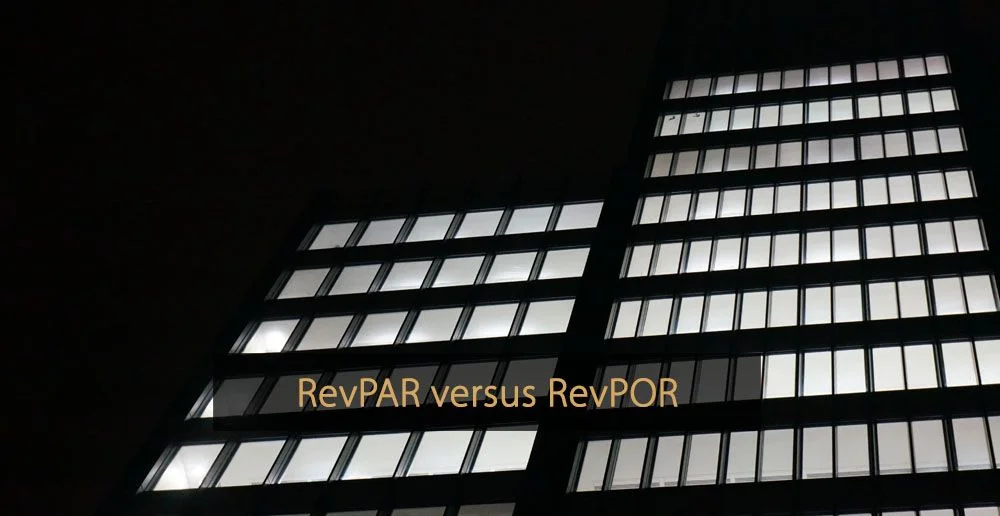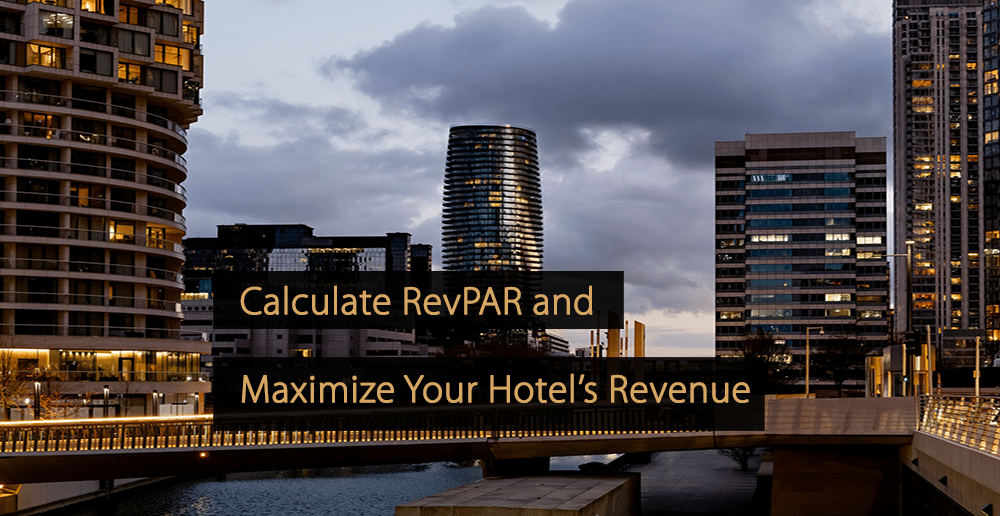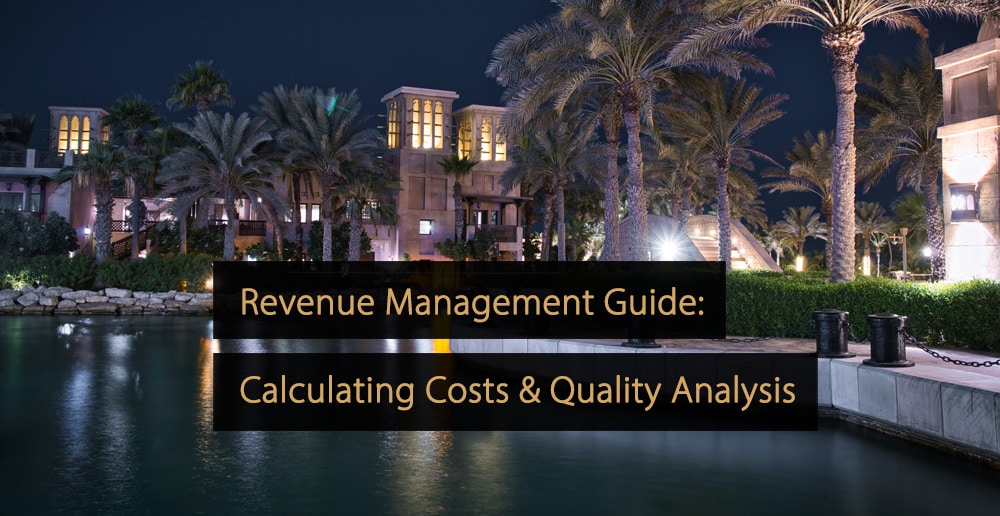Revenue per available room, or RevPAR, and revenue per occupied room, or RevPOR, are two KPIs used within the hotel industry, especially for revenue management purposes. Although the two metrics have similar names, what they measure is quite different, meaning neither KPI is necessarily more useful than the other.
How Do You Calculate RevPAR and RevPOR?
The formulas for working out the revenue management metrics RevPAR and RevPOR are as follows:
RevPAR = Rooms Revenue / Rooms Available OR RevPAR = Average Daily Rate x Occupancy Rate
RevPOR = Total Revenue Generated By Occupied Rooms / Number of Occupied Rooms
RevPAR vs. RevPOR
As a KPI, RevPAR is concerned with the amount of revenue the hotel generates in relation to the number of available rooms. Therefore, it is useful to those operating in hotel management, because it indicates how well their business uses the rooms at their disposal. That being said, a limitation is that it is only concerned with revenue from room rates, which does not indicate overall business performance.
By contrast, RevPOR is concerned with the total revenue generated by occupied rooms. Unlike RevPAR, it factors in additional revenue earned through other services, such as food and laundry. It is useful as a KPI because it reveals how much revenue, on average, the hotel is taking from each room they sell. However, a limitation is that it does not factor in the percentage of sold rooms.
Therefore, the question of RevPAR vs RevPOR is less about which is better for revenue management, and more about how to use both to indicate different things.
For more detailed information about RevPAR and RevPOR, please read the articles “What is RevPAR?” and “What is RevPOR”.
More Tips to Grow Your Business
Revfine.com is the leading knowledge platform for the hospitality and travel industry. Professionals use our insights, strategies, and actionable tips to get inspired, optimize revenue, innovate processes, and improve customer experience.Explore expert advice on management, marketing, revenue management, operations, software, and technology in our dedicated Hotel, Hospitality, and Travel & Tourism categories.
This article is written by:
Hi, I am Martijn Barten, founder of Revfine.com. With 20 years of experience in the hospitality industry, I specialize in optimizing revenue by combining revenue management with marketing strategies. I have successfully developed, implemented, and managed revenue management and marketing strategies for individual properties and multi-property portfolios.









Leave A Comment